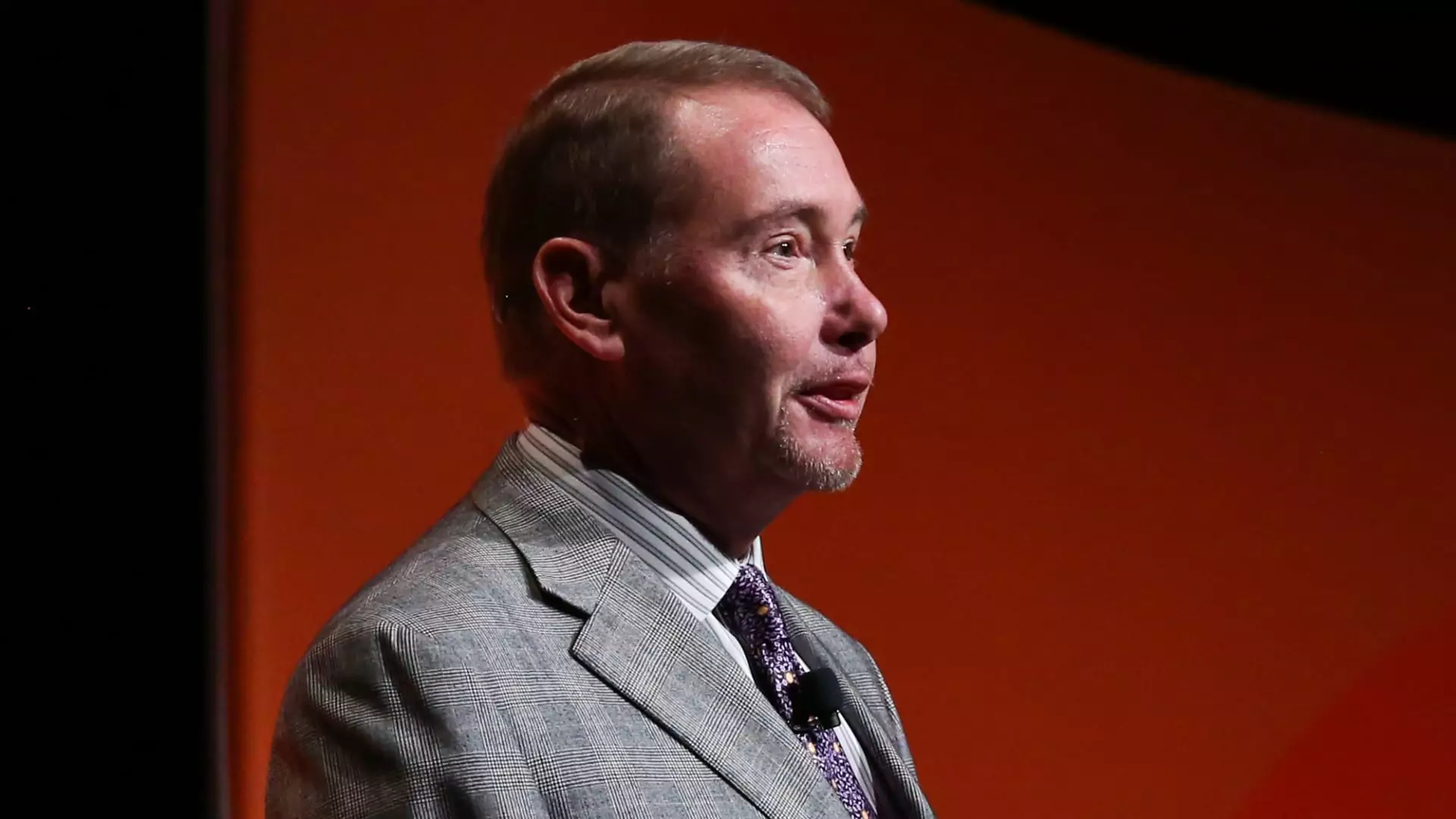Jeffrey Gundlach, CEO of DoubleLine Capital, has emerged as a critical voice regarding the Federal Reserve’s recent monetary policy decisions. He likened the Fed’s approach to that of Mr. Magoo, a character known for his obliviousness, suggesting that the central bank is failing to grasp the broader economic scope. Gundlach emphasized that the Federal Reserve has been reactive rather than proactive, particularly in light of the recent uptick in inflationary pressures that contradict their previous reductions.
Gundlach’s remarks come ahead of significant data releases, particularly pointing to the upcoming consumer price index (CPI) report. The CPI, which is crucial for assessing inflation trends, has been showing indications of rising prices, signaling that despite earlier efforts to bring inflation under control, challenges persist. This inconsistency appears to drive the Federal Reserve deeper into a pattern of short-term focus, suggesting that they are not contemplating the long-term implications of their policy adjustments.
Recent data revealed a seasonally adjusted CPI increase of 0.4% for the month, revealing a 12-month inflation rate of 2.9%. While the core CPI, which excludes volatile food and energy prices, showed marginal improvement, it still falls short of the Federal Reserve’s target of 2%. Gundlach’s analysis highlights the mixed nature of these economic indicators; although they appear manageable, they signify an enduring imbalance that the Fed cannot overlook if its goals of stable prices are to be achieved.
The respondent market’s shift from aggressive rate cut expectations to a more cautious outlook illustrates a broader uncertainty. Gundlach points out that there was a rapid transition in market sentiment, moving from assuming significant cuts to a projected solitary rate reduction in 2025. This evolution speaks volumes about how investors perceive the Fed’s responsiveness and its overall effectiveness in managing economic fluctuations.
As the Federal Reserve has progressively cut benchmark rates since September, there is a growing sense that their strategy has become entangled in current trends rather than guided by long-term objectives. By reducing rates by a full percentage point—an already considerable move—the central bank faces questions about the sustainability and intent behind such measures.
The Fed’s own projections have adjusted, predicting just two quarter-point reductions in 2025—down from previous forecasts. This shift, articulated by Gundlach, illustrates the alignment between market sentiment and Fed communication, signaling a slower pace in monetary policy shifts moving forward. Market futures indicate a strong belief that the Fed will maintain its current position in the coming January meeting, with expectations leaning towards minimal rate cuts over the course of the year.
Jeffrey Gundlach sheds light on key disconnects in Federal Reserve policy amidst a backdrop of evolving inflation dynamics. His criticism emphasizes the need for a more strategic, long-term vision in monetary policy amidst a volatile economic environment. The call for foresight over immediate reaction resonates strongly, particularly as the Fed navigates the complexities of financial stability and inflation control. As we observe these developments, it remains crucial to assess how these factors shape future economic narratives and investment strategies.

